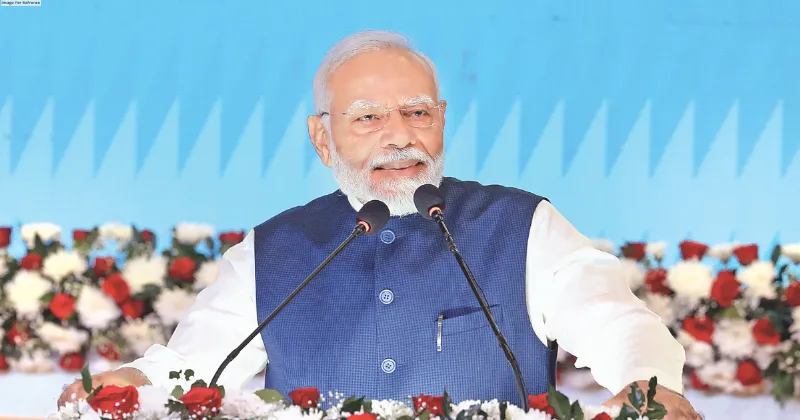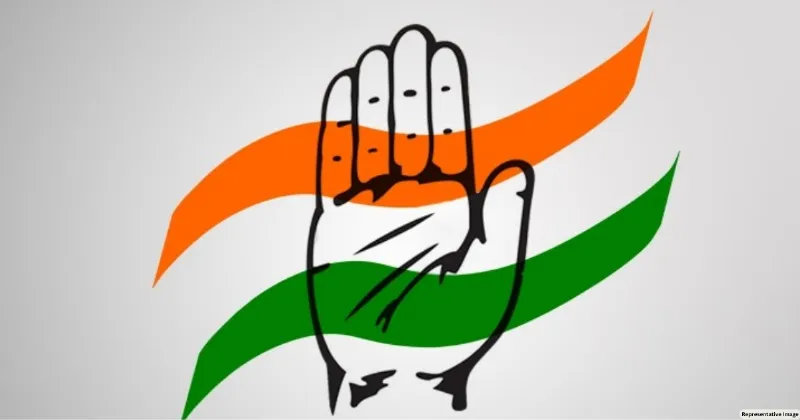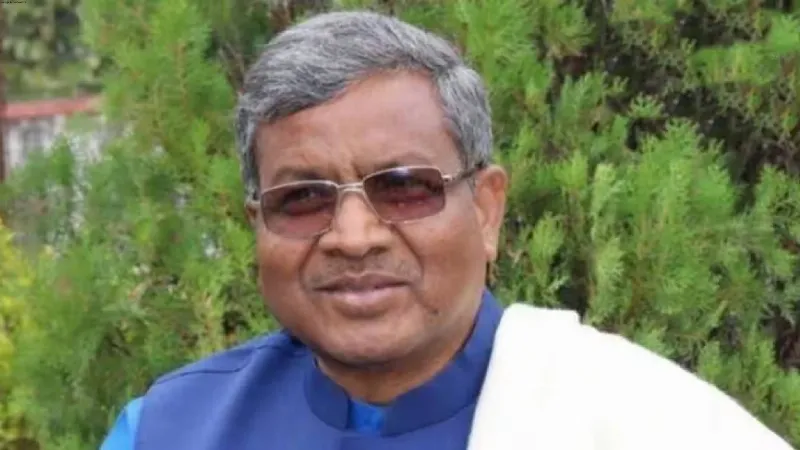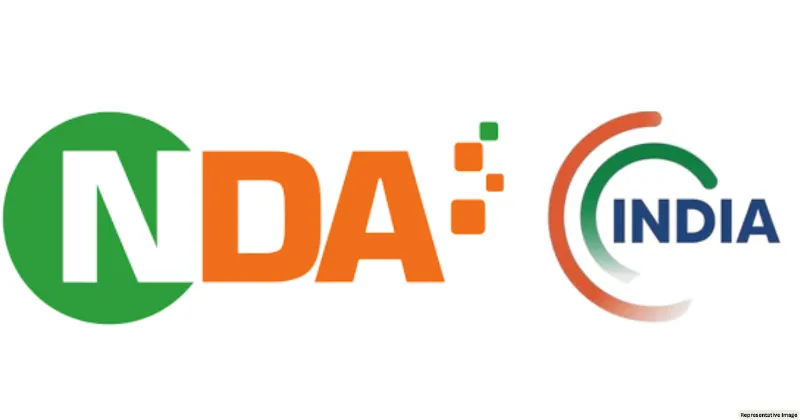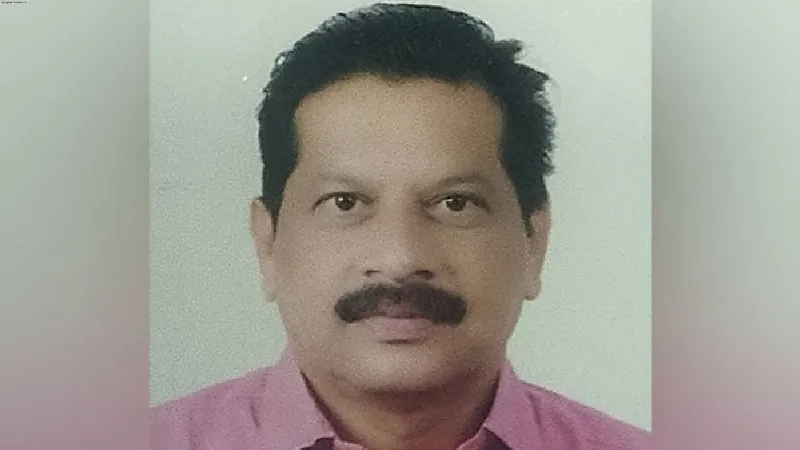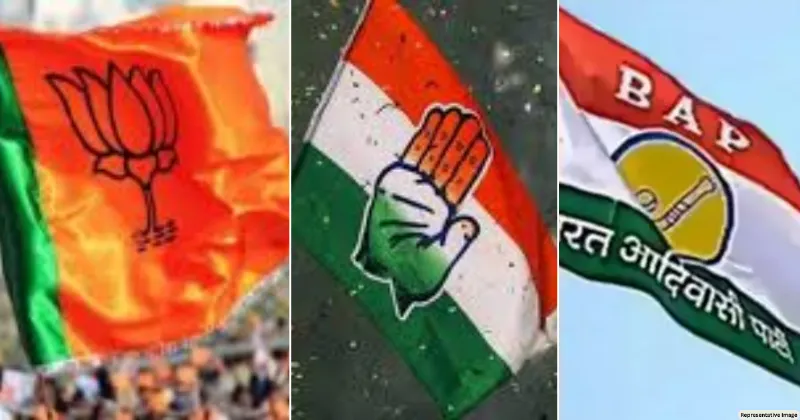Latest News
CHINESE CHECKERS IN THE SOUTH CHINA SEA

India conducted the first-ever ASEAN-India maritime exercise (AIME-23) and it was a pleasant site until the movement of the boats deployed by the maritime militia operating under the Chinese People’s Liberation Army Navy (PLAN) sailed in close proximity. The Chinese vessels kept an eye on the ongoing drill, which was held around the Exclusive Economic Zone (EEZ) of Vietnam in the South China Sea.
As a new cold war is brewing in the South China Sea and is likely to spread to the larger Indo-Pacific, the Indian Navy along with like-minded navies of the South East Asian region conducts joint maritime exercises. In the Indo-Pacific, China stretches its footprint to cover the small island nations in the South Pacific as well as other countries’ EEZs dotting the region, creation and unlawful claiming of artificial islands such as the Spratly and Parcel are well-known facts. Spying and Listening ports of Coco Islands leased out from Myanmar in the Bay of Bengal and docking its spy vessel Yuan Wang-5 at the Hambantota port in Sri Lanka are all features of PLAs larger ambition of snooping on India’s activities in order to checkmate her moves, especially in the maritime domain.
India’s stepping up its military drills and wartime preparedness exercises with various like-minded countries and groups amid Chinese belligerence. Similar war exercises are taking place in the Indian Ocean, the South China Sea, and elsewhere in the Indo-Pacific and East Africa. Marching forward, there would be joint exercises in the South Pacific and the East China Sea as well.
The recently culminated exercise, co-hosted by the Republic of Singapore Navy and the Indian Navy, aims to promote maritime cooperation and enhance trust, friendship, and confidence among ASEAN and Indian navies. Successfully conducted in two phases, the Harbour phase and the Sea Phase, allowing participating navies to develop closer links in the coordination and execution of operations in the maritime domain. INS Delhi and INS Satpura and a P81 Maritime Patrol aircraft participated in this exercise, reinforcing India’s commitment to the “Act East” policy to ensure SAGAR “Security and Growth for all in the Region”.
The Chinese Politburo claims the South China Sea governed by the ancient nine-dash lines as a historical trading route under the Chinese territory. Hence, it believes this region which is a treasure trove for at least six other sovereign states, namely, Brunei, Indonesia, Malaysia, Philippines, Vietnam and the semi-autonomous state - Taiwan to be sovereign territorial waters of China. Based on these unethical claims, the dragon continues flexing its muscles and advances in this region.
At this juncture, China believes that the South China Sea is an important piece of the larger China-centric jigsaw puzzle or China-dominated world order. For instance, China chose Indonesia to launch its multibillion-dollar maritime silkroad economic belt under the Border and Road Initiative (BRI). In its strategy, Beijing seeks to influence critical global supply chains, diverting the flow of international trade via critical sea lanes, railway lines and seaports. Having access to seaports, railway lines, power stations and inter-regional highways in the South China Sea and surrounding regions increases China’s strategic, economic and political reach. Much of this assistance is through loaning the assets to Chinese investors at petite interest rates and creating huge debts for the countries not just in the neighbouring regions but in East Africa as well as other South Asia and East Asian regions. Most countries are aware of the functioning of the Politburo and the Communist Party and how they tend to first make or offer heavy investments in the name of infrastructure, development and connectivity and later due to non-repayment of large loans leads to debt creation and this strategy known as the “Debt Trap Policy”. However, the smaller and economically strapped states fall prey to this strategy.
With stepping up as the comprehensive strategic partner of ASEAN, holding its first joint maritime exercise, Indian Chief of Defence Staff attending this month’s Indo-Pacific meeting in the U.S. All envisage a bigger role in assisting neighbouring emerging economies by providing maritime security support, coast guard patrol boats, domestically produced equipment, and other infrastructure cooperation is aiming for changing the modus vivendi in the larger Indo-Pacific region. Additionally, India, Indonesia, and Vietnam in South East Asia should brace up their manufacturing base to land companies looking to exit China. This would strengthen domestic manufacturing units and help distressed countries in the process of de-coupling from China.
To counter-action this dubious strategy, India is working on its Necklace of Diamonds strategy, the International NorthSouth Transport Corridor (INSTC) and working towards securing an open, free and rulesbased African Indo-Pacific. As India has historical trade routes with the Arabic and the EastAfrican region, and buttressing its economic prowess, it tends to secure and ensure prosperity in both – the East and the West.
THE VIEWS EXPRESSED BY THE AUTHORS ARE PERSONAL
MAJ. GEN. SUDHAKAR JEE The Writer is a former colonel of the Mahar Regiment & PURUSHENDRA SINGH The Writer is Senior Research Associate at the CUTS International

